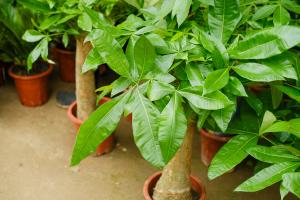Introduction
Planting garlic in Georgia can be a fruitful endeavor but knowing when to plant garlic can often be tricky. Garlic is one of the most commonly used cured vegetables in the world and has great health benefits. Therefore, planting garlic is an excellent way to ensure a regular supply of fresh garlic throughout the year.
Climate in Georgia
To determine when to plant garlic in Georgia, it is essential to understand the climate. Georgia's climate ranges from subtropical to humid continental, with a diverse topography resulting in varying climatic conditions in different regions. As a general rule, garlic should be planted in the fall, ideally before the first frost. The soil should be cool but not too cold when planting, and the temperature should stay cool until the garlic establishes roots.
Timing of Planting
The ideal time to plant garlic in Georgia is typically between mid-October and mid-November. It is essential to ensure that the soil has the right nutrient balance and pH levels to promote healthy growth. Before planting, the soil should be dug up to about nine inches deep and prepared using compost and other organic matter. Planting can be done by breaking up the bulbs into individual cloves and planting them two inches deep and about six inches apart.
Care and Maintenance
After planting garlic in Georgia, it is vital to provide proper care and maintenance. Garlic requires moist and well-drained soil to thrive, so regular watering is essential. It is also essential to keep the area weed-free to prevent competition for nutrients and space. Additionally, regular fertilization with an organic fertilizer can help garlic plants grow strong and healthy.
Harvest Time
Once planted, the garlic bulbs will remain dormant until the temperature increases in the spring. You will notice green shoots appearing from the soil after a few weeks, indicating that the garlic has established roots. As spring progresses, garlic plants will continue to grow, and the bulbs will develop. The time to harvest your garlic is usually in late June or early July, when the leaves begin to turn brown and the tops begin to dry out. Once you harvest your garlic, it is essential to store it correctly to prevent spoilage. Drying garlic in a cool, dark, and well-ventilated place can help prevent molds from growing and prolong its shelf-life.
Conclusion
Planting garlic in Georgia can be a rewarding and enjoyable experience, and knowing when to plant garlic is the essential first step. Fall planting and proper care and maintenance can yield a plentiful harvest of flavorful, homegrown garlic that can be used in a variety of dishes. Remember that gardening takes care and patience, but the rewards are worth it.

 how many times do yo...
how many times do yo... how many planted tre...
how many planted tre... how many pine trees ...
how many pine trees ... how many pecan trees...
how many pecan trees... how many plants comp...
how many plants comp... how many plants can ...
how many plants can ... how many plants and ...
how many plants and ... how many pepper plan...
how many pepper plan...






























